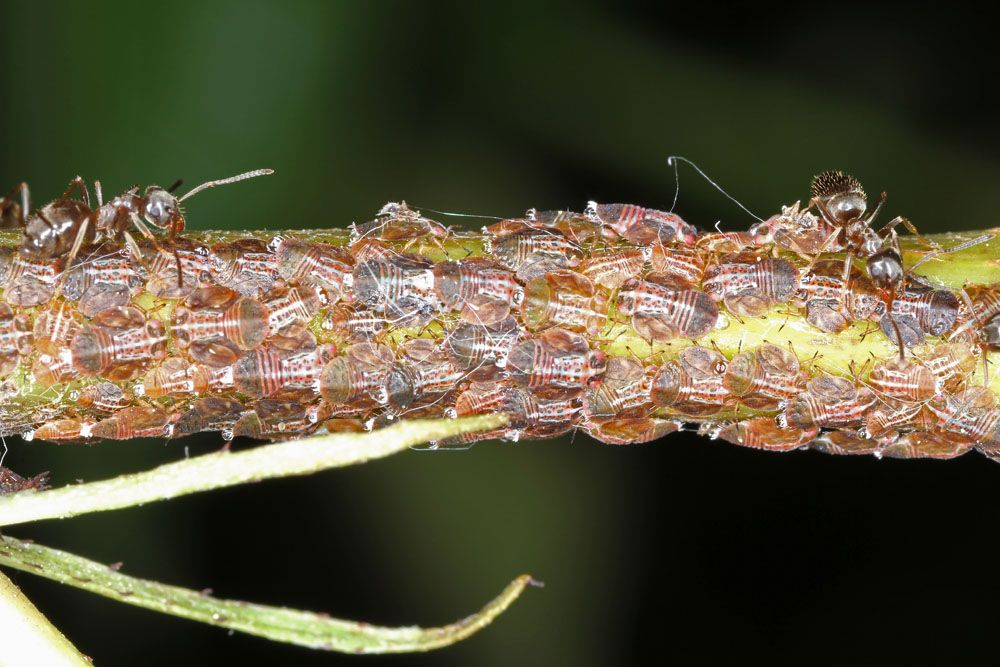
Pear Psylla – Cacopsylla pyricola
Pear Psylla (Cacopsylla pyricola)
Common Name: Pear Psylla
Latin Name: Cacopsylla pyricola
Appearance:
- The egg is the shape of a grain of rice and is linked to the host by a little protrusion from the rounded end. When deposited, the egg is creamy white, but as it grows, it becomes yellow to orange.
- The nymph goes through five instars, each resulting in a molt. The first instar has a transparent golden color.
- It is long and cylindrical, roughly the size of an egg. Each subsequent instar is broader, flatter, and more oval than the last. The nymph in its fourth instar is yellow-green to pale brown. The fifth instar varies in color from dark green to dark brown. Wing pads get gradually bigger in the third, fourth, and fifth instars.
- Adults come in two varieties: winterform and summerform. Adults in both types keep their wings roof-like over their abdomens. Adults have reddish-brown bodies with black patterns, whereas winterforms may be almost black. The winterform is bigger than the summerform (wing length 2.3 to 2.5 mm) (wing length 1.6 to 1.8 mm)
Host plant:
Pear and Quince are the
Territory:
Most fruit-growing states and provinces in eastern North America have it, a serious pest.
Damages caused by Pear Psylla:
Attacks only pears. Motile stages are “flush feeders,” sucking sap off younger, delicate growth and secreting surplus fluid as honeydew. This gathers on leaves and fruits and creates an ideal environment for forming sooty mold. In bright, dry circumstances, psylla eating may damage leaf tissue (known as “psylla scorch”). Excessive feeding and injection of poisonous saliva might result in wilting and premature leaf drops.
Life history and habits:
Pear psylla spends the winter as a winter form adult in reproductive diapause. When pear buds begin to expand, they begin to deposit eggs. The first eggs are laid on the wood, usually towards the base of fruit and leaf buds. Summer form adults emerge in mid-May as offspring of the overwintered generation. In most pear-producing locales, pear psylla has two to four summer form generations, with two full summer form generations occurring in Washington. Summer form adults deposit eggs on quickly expanding leaf tissues, often near the leaf midvein.
